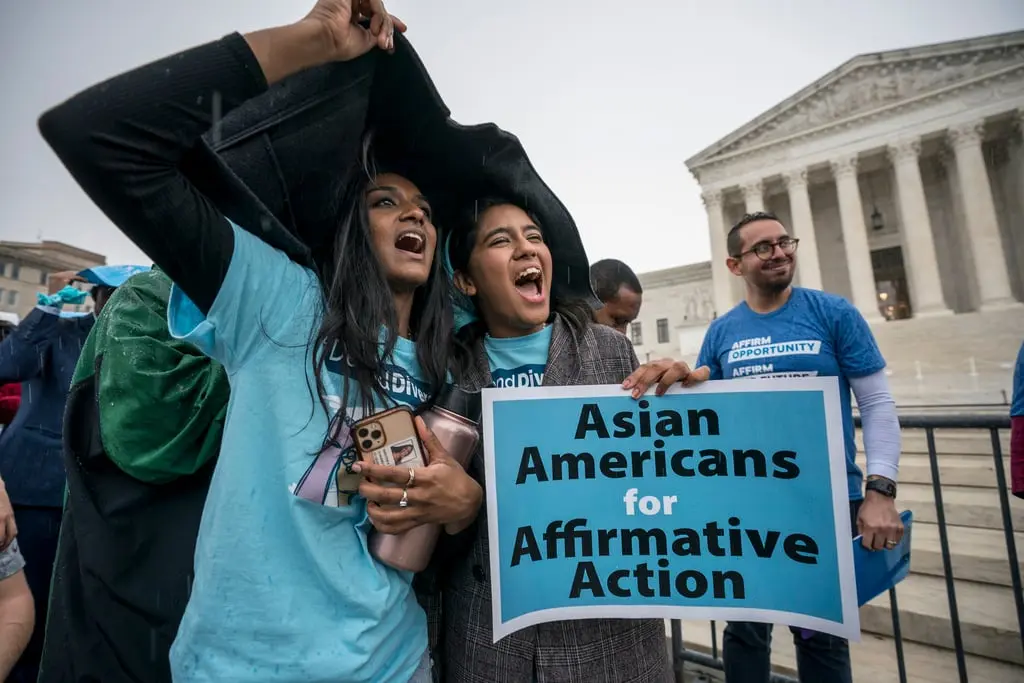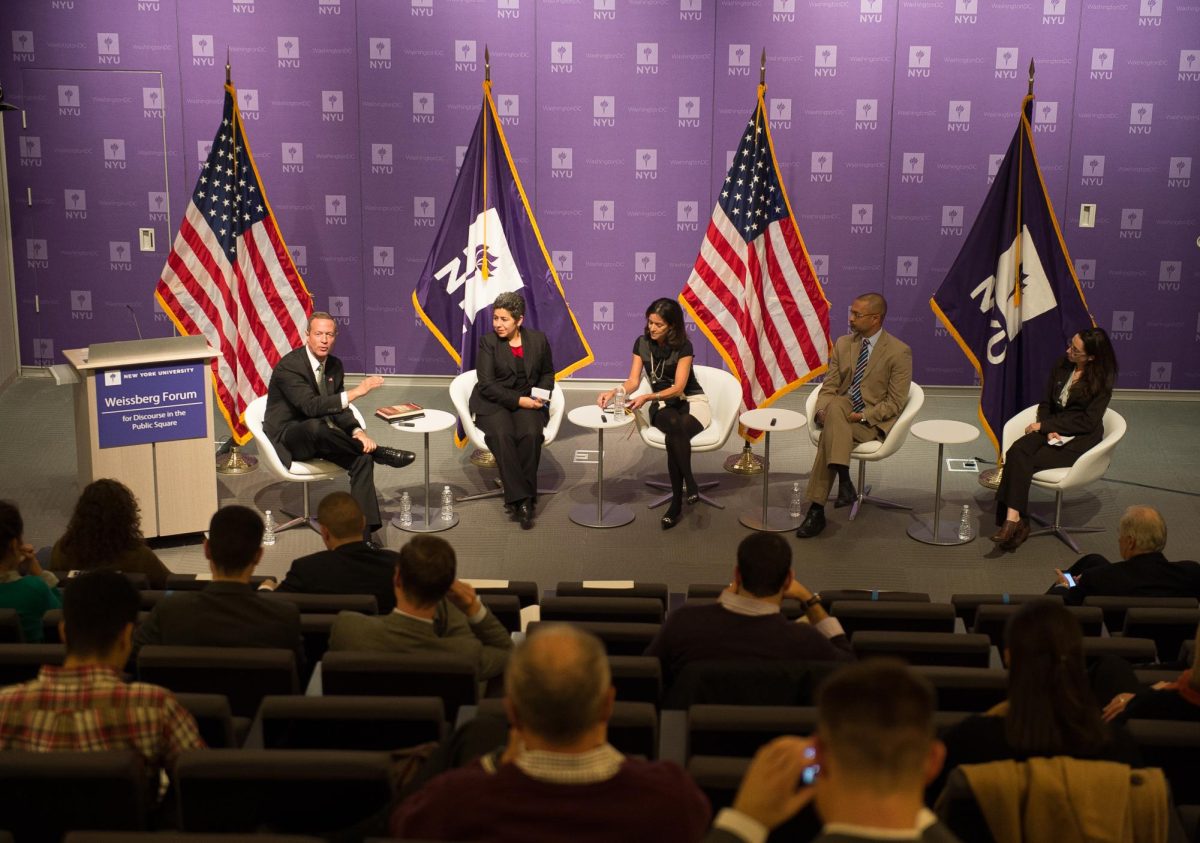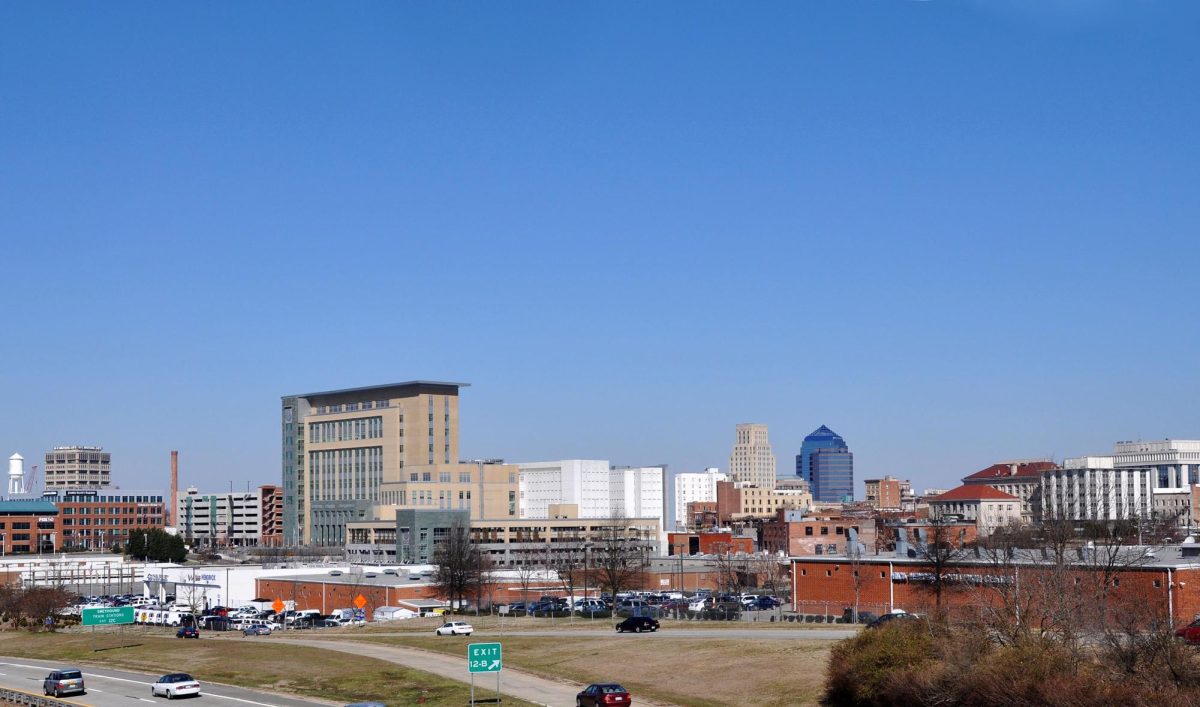We are in the thick of college application season and students across the country are sending off their applications with a mix of excitement and anxiety. However, this year could be slightly different for Black, Indigenous and People of Color (BIPOC), who may feel that anxiety more intensely than in previous years.
Last summer, the U.S. Supreme Court ended affirmative action in college admissions. This created a new layer of uncertainty for BIPOC students about whether their race will impact not only their chances of admission, but also their sense of belonging on campus.
Affirmative action was not just about admissions statistics; it was about the confidence of BIPOC students navigating the competitive world of higher education. Affirmative action was designed to level the playing field, and acknowledge the lasting impact of systemic barriers faced by marginalized students.
This decision has sparked heated debates, but one consequence often overlooked is the impact on students’ sense of worth and confidence, especially for those who already face doubts about whether they belong on predominantly white campuses.
What Affirmative Action Meant for Students
For decades, affirmative action served as a tool that expanded opportunities and broadened access to college for underrepresented groups. Its purpose was to counterbalance structural inequities that have historically limited access to higher education for Black, Hispanic, Indigenous and other racially marginalized communities.
By taking race into account, colleges and universities aimed to create inclusive and diverse learning environments that enriched the experiences of all students. Aside from shaping the demographics of college campuses, affirmative action also sent a clear message: diverse backgrounds and experiences are valuable in academia. Knowing that their university values their unique perspectives helps build confidence and a sense of belonging to students of color. However, with the Supreme Court’s decision, this message of inclusivity has been compromised.
For many BIPOC, the absence of affirmative action in college admissions may feel like a withdrawal of support, as if the doors that were once open for them are beginning to close. This shift can impact not only their application decisions but also their mindset as they consider whether they will be welcomed or valued on campus.
To grasp a better understanding of how students of color are feeling about this admissions cycle after the removal of affirmative action, I interviewed Sedem Agbemabiese, a high school senior at North Carolina School of Science and Math. When asked about how the Supreme Court’s decision impacted his feelings about the admissions process, Sedem stated, “As a Black male, I understand firsthand the challenges of competing with top students from a wide range of backgrounds in education. Not being able to have my racial background considered in applications feels like a loss, because diversity plays a huge role in the education received on campus.”
When asked the same question, Nah’Jea Jinks-Pennix, a Black senior from Southwest Guilford High School answered, “When I’m applying, I would like to know that there’s a possibility that I would be able to see people who are like me at that college.”
This decision by the Supreme Court has invoked different concerns about college decisions for high school students of color. Although they differ, they are not positive and they indicate higher feelings of uncertainty.
Thoughts of High School Students
To grasp a better understanding of how students of color are feeling about this admissions cycle after the removal of affirmative action, I interviewed Sedem Agbemabiese, a high school senior at North Carolina School of Science and Math. When asked about how the Supreme Court’s decision impacted his feelings about the admissions process, Sedem stated, “The repeal of affirmative action has impacted how I feel about the college admissions process. As a Black male, I understand firsthand the challenges of competing with top students from a wide range of backgrounds in education. Not being able to have my racial background considered in applications feels like a loss because diversity plays a huge role on the education received on campus.”
When asked the same question, Nah’Jea Jinks-Pennix, a Black senior from Southwest Guilford High School answered, “It has impacted how I feel about college admissions because when I’m applying, I would like to know that there’s a possibility that I would be able to see people who are like me at that college.”
This decision by the Supreme Court has invoked different concerns about college decisions for high school students of color. Although they differ, they are not positive and they indicate higher feelings of uncertainty.
The Impact on Campus Diversity and Community
When students of color face these kinds of barriers, it doesn’t just affect them personally, it changes the entire campus culture. A drop in BIPOC representation impacts the diversity of ideas, perspectives and experiences that make a college campus dynamic and enriching for everyone.
The absence of affirmative action also has the potential to reduce the number of faculty, staff and administrators who are of color, as campuses have become less diverse overall. This lack of representation can lead to a cycle of exclusion, where BIPOC find fewer mentors, fewer role models and fewer people who can relate to their experiences. College is a time of personal and academic growth and mentorship plays a significant role in shaping students’ success and self-confidence. If BIPOC see fewer people like them in positions of influence, they may feel further isolated, doubting whether they have a place in the academic and professional worlds.
For BIPOC who do enroll, a smaller community can intensify feelings of isolation, reinforcing the idea that they’re not part of the typical college experience. These subtle cues contribute to what I would call the unspoken message: BIPOC are not fully welcome.
This kind of campus culture makes it harder for BIPOC to feel like they belong, which can affect their academic performance, mental health and overall well-being.
Why This Matters
Representation on campus is something we should all care about. Diversity isn’t just a luxury feature of a college campus it’s a must-have component of higher education. A diverse campus community pushes students to consider perspectives they might not have encountered otherwise.Diversity encourages open-mindedness and empathy while discouraging echo chambers.
The effects of reduced diversity don’t just stay on campus, it will impact the workforce. Fewer BIPOC graduates from elite institutions means less diversity in leadership positions across various fields. It limits the voices and perspectives present in law, tech, medicine and the many other professions that shape our society. In the long term, this loss impacts social mobility, economic opportunity and the representation of marginalized communities.
Arguments in favor of the Supreme Court’s decision claim that affirmative action is a hand-out. To be clear, affirmative action makes sure that underprivileged applicants who are competent are considered with the added knowledge of the impact parts of their intersectional identities have had.
Affirmative action is not unfair to non-minority students and affirmative action does not take spots from others. It aims to ensure that universities reflect the diversity of society, in which they exist.
By considering race as one factor among many, universities help create a more equitable admissions process that values diverse perspectives, benefiting all students in a multicultural society.
A Need For New Solutions
While the Supreme Court decision is final, the responsibility now falls on college administrators, faculty and students to make campuses as inclusive and supportive as possible. There are still ways to support BIPOC students and ensure they feel valued and welcome, even without affirmative action policies in place.
Universities should work to increase outreach to underrepresented high schools and create mentorship programs that pair minority students with mentors who understand their experiences. Additionally, faculty and students should work together to build inclusive social and academic cultures that will draw BIPOC to these institutions.
This will require universities to make diversity on campus a mainstream issue and not an “I’m just doing this so I don’t get fined” thing. The amount of effort put into inclusivity on college campuses can be easily assessed by the funding, spaces and opportunities that are given by the universities. I would argue that NC State’s performance on that is subpar, but I digress.
The end of affirmative action does not mean the end of inclusive and diverse campuses, but it does require intentional efforts from all of us. By building communities that celebrate different backgrounds, perspectives and experiences, we send the message that our campuses are stronger, more innovative and more compassionate when they reflect the diversity of the world around us.







